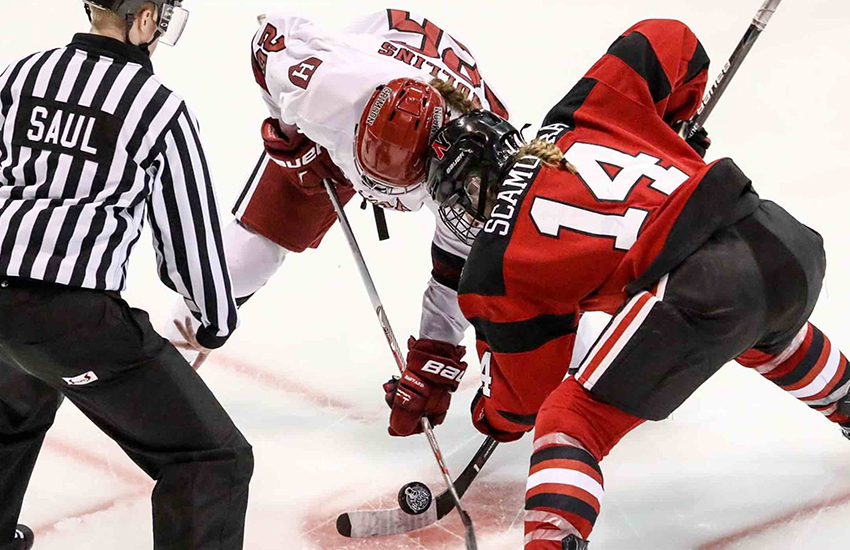
Hockey Concussions
Hockey is a popular contact sport that is played on ice. It is known for its physical nature, with players often colliding with each other and with the boards surrounding the rink. Unfortunately, this physicality can lead to injuries, including concussions.
Concussions are a type of traumatic brain injury that can occur when the head is subjected to a blow or jolt. In hockey, this can happen when players collide with each other, are hit with sticks or pucks, or hit their head on the boards. Concussions can cause a wide range of symptoms, including headaches, dizziness, nausea, confusion, and memory problems.
Hockey players are at a high risk for concussions due to the nature of the sport. To help prevent concussions, players can wear helmets that meet safety standards and are properly fitted. They can also learn how to avoid dangerous hits and collisions, and coaches can teach safe playing techniques.
If a player does suffer a concussion, it is important for them to rest and allow their brain to heal. They should also seek medical attention to ensure that they are properly diagnosed and treated. In some cases, players may need to take time off from playing to fully recover from a concussion.
In recent years, there has been growing concern about the long-term effects of concussions in hockey and other contact sports. Research has linked repeated concussions to a range of neurological problems, including chronic traumatic encephalopathy (CTE). As a result, there is a growing focus on improving player safety and reducing the risk of concussions in hockey and other contact sports.